What are the common challenges in upgrading to LED lighting on vessels?
Picture this: your vessel's traditional lighting fails during a critical nighttime operation, leaving your crew struggling with inadequate illumination while facing harsh weather conditions. This scenario highlights why upgrading to Marine LED Flood Light systems has become essential for modern maritime operations. However, the transition from conventional lighting to advanced LED technology presents unique challenges that vessel operators must navigate carefully. Understanding these obstacles and their solutions can mean the difference between a successful upgrade that enhances safety and operational efficiency, or costly setbacks that compromise your vessel's performance.

Technical Compatibility and Electrical System Integration Challenges
Power System Incompatibilities
One of the most significant hurdles in LED upgrades involves adapting existing electrical systems to accommodate new Marine LED Flood Light technology. Traditional incandescent and halogen lighting systems operate differently than LED fixtures, requiring careful consideration of voltage requirements and power distribution. Many vessels discover that their current electrical infrastructure cannot properly support LED lights without modifications, as LEDs have vastly reduced power requirements compared to conventional lighting systems. The Waterproof Marine High Intensity Led Flood Light solutions from Razorlux address this challenge with versatile input voltage capabilities spanning AC80-305Vac and DC100-800Vdc, ensuring compatibility with diverse marine electrical systems.
Control System Integration Issues
Modern vessels often struggle with integrating LED lighting into existing control panels and dimming systems. Traditional incandescent and halogen lights have different dimming processes than LEDs, possibly requiring the replacement of switchboards or control panels. This incompatibility extends to navigation light monitoring systems, where LED fixtures behave differently than conventional bulbs. Marine LED Flood Light systems require specialized controllers capable of managing their unique electrical characteristics, often necessitating complete control system overhauls.
Electrical Load Redistribution
The dramatic power consumption differences between traditional and LED lighting create unexpected challenges in vessel electrical design. Half of the power going to an incandescent or fluorescent bulb is radiated as heat, which affects shipboard electrical systems that can be designed in new and different ways when using LED lighting. This shift in power requirements affects generator sizing, battery bank calculations, and overall electrical system balance, requiring comprehensive engineering assessments before implementation.
Monitoring and Detection System Updates
Navigation and safety lighting systems face particular challenges during LED upgrades. LED navigation lights do not fail the same way as incandescent navigation lights, with intensity diminishing over time but without a reduction in current, making conventional navigation control panels unable to detect non-compliant LED fixtures. This fundamental difference requires upgrading monitoring systems to properly track LED performance and ensure regulatory compliance.
Environmental Durability and Performance Considerations
Corrosion Resistance Requirements
| Challenge | Traditional Lighting | Marine LED Flood Light Solution |
|---|---|---|
| Salt spray corrosion | Frequent replacement needed | IP67 rated with marine-grade coating |
| Metal degradation | Humidity can cause metals to rust 10 times faster than normal conditions | Aluminum housing with powder coating |
| Water ingress | Standard sealing often inadequate | IP65/IP67 protection standards |
| Long-term durability | 2,000-5,000 hour lifespan | 50,000+ hour operational life |
The marine environment presents extraordinary challenges for lighting systems. Even when luminaires are not directly exposed to water, ocean air humidity can cause metals to rust ten times faster than in normal humidity conditions, leading to malfunctions and frequent replacements. Waterproof Marine High Intensity LED Flood Light fixtures must withstand constant exposure to salt spray, extreme temperatures, and mechanical vibrations that would quickly destroy standard lighting equipment.
Temperature Management Challenges
Marine LED Flood Light systems face unique thermal management requirements in maritime environments. Unlike traditional lighting that generates significant heat, LED fixtures must maintain optimal operating temperatures while dealing with extreme weather conditions ranging from arctic cold to tropical heat. Advanced thermal management becomes critical when fixtures operate continuously in enclosed spaces or direct sunlight exposure.
Vibration and Shock Resistance
Lighting on naval ships must deal with harsh conditions including vibration, temperature extremes, power surges, and potentially shock and battle damage. Commercial and recreational vessels face similar challenges from engine vibrations, wave impacts, and docking stresses. Marine LED Flood Light systems require robust construction with reinforced mounting systems and shock-resistant internal components to maintain reliable operation.
UV and Weather Exposure Protection
Constant exposure to UV radiation, saltwater spray, and extreme weather conditions demands specialized materials and protective coatings. Standard LED fixtures quickly degrade when exposed to marine environments, losing both optical performance and structural integrity. Waterproof Marine High Intensity LED Flood Light systems must incorporate UV-resistant lenses, corrosion-proof housings, and weatherproof sealing to maintain long-term performance.
Cost Analysis and Return on Investment Factors
Initial Investment Considerations
| Cost Factor | Traditional Lighting | Marine LED Flood Light Upgrade |
|---|---|---|
| Unit cost | Lower upfront expense | Higher initial investment |
| Installation complexity | Standard electrical work | May require system modifications |
| Operating costs | High energy consumption | Up to 80% less power consumption |
| Maintenance frequency | Regular bulb replacements | Minimal maintenance for 50,000+ hours |
The financial implications of LED upgrades extend far beyond initial equipment costs. While Marine LED Flood Light systems require higher upfront investment, marine LED lights consume up to 80% less power than traditional lighting, leading to substantial long-term savings crucial for operational budgets in the maritime sector. This energy efficiency becomes particularly valuable for vessels with limited generator capacity or battery-dependent operations.

Hidden Upgrade Expenses
Many vessel operators underestimate the total cost of LED conversion projects. Beyond fixture costs, upgrades often require electrical system modifications, control panel replacements, and specialized installation services. Waterproof Marine High Intensity LED Flood Light installations may necessitate rewiring, new switching systems, and updated monitoring equipment, significantly impacting project budgets.
Operational Cost Benefits
Despite higher initial costs, Marine LED Flood Light systems deliver substantial operational savings through reduced fuel consumption, lower maintenance requirements, and extended replacement intervals. The 50,000+ hour lifespan of quality LED fixtures eliminates frequent bulb changes, reducing both material costs and crew labor requirements for maintenance activities.
Long-term Value Proposition
Professional marine operations recognize that quality Waterproof Marine High Intensity LED Flood Light systems provide superior long-term value despite higher initial investment. Reduced maintenance downtime, lower fuel costs from decreased electrical loads, and improved operational reliability create compelling return on investment calculations for vessels operating in commercial service.
Conclusion
Upgrading to LED lighting on vessels presents multifaceted challenges spanning technical compatibility, environmental durability, and financial considerations. While these obstacles may seem daunting, understanding and addressing each challenge systematically ensures successful implementation of Marine LED Flood Light systems that enhance safety, reduce operational costs, and improve vessel performance.
Ready to overcome these challenges with proven solutions? As a leading China Marine LED Flood Light manufacturer and China Marine LED Flood Light supplier, Xi'an Razorlux offers comprehensive support from initial consultation through installation. Our China Marine LED Flood Light factory provides wholesale pricing on Marine LED Flood Light for sale, backed by 5-year warranties and professional technical support. Contact our expert team at sam@razorlux.com to discuss your specific upgrade requirements and receive customized Marine LED Flood Light price quotes. Bookmark this guide for future reference - your successful LED upgrade journey starts with proper planning and reliable partners.
References
1. "LED Lighting for Ships: Seeing is Believing" - Marine Link Technical Analysis, Naval Engineering Perspectives
2. "Marine Lighting Challenges and Applications" - RDA Lighting Technical White Paper, Industrial Marine Solutions
3. "Safety: Transitioning to LED Navigation Lights" - Maritime Safety Authority Guidelines, International Marine Standards
4. "Marine LED Lighting: What You Need To Know" - Professional Marine Engineering Review, Technical Implementation Guide
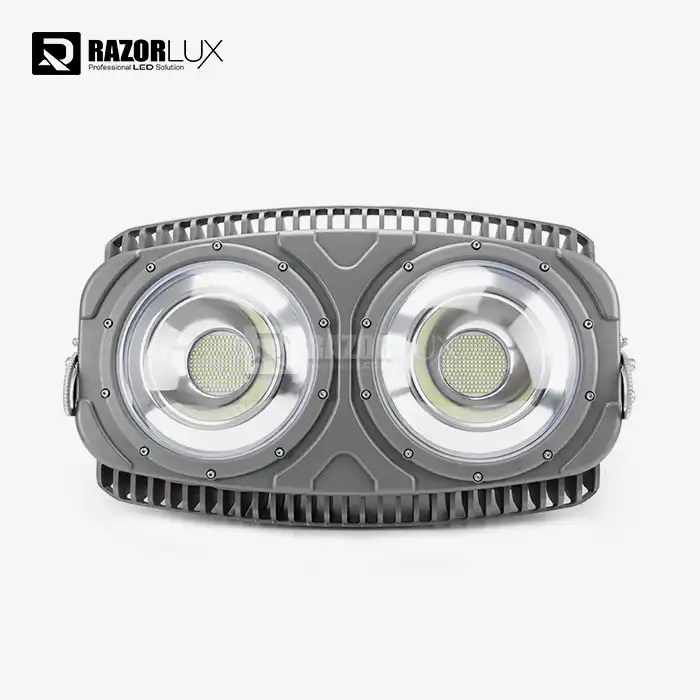 VIEW MORE120 Volt Led Outdoor Flood Lights
VIEW MORE120 Volt Led Outdoor Flood Lights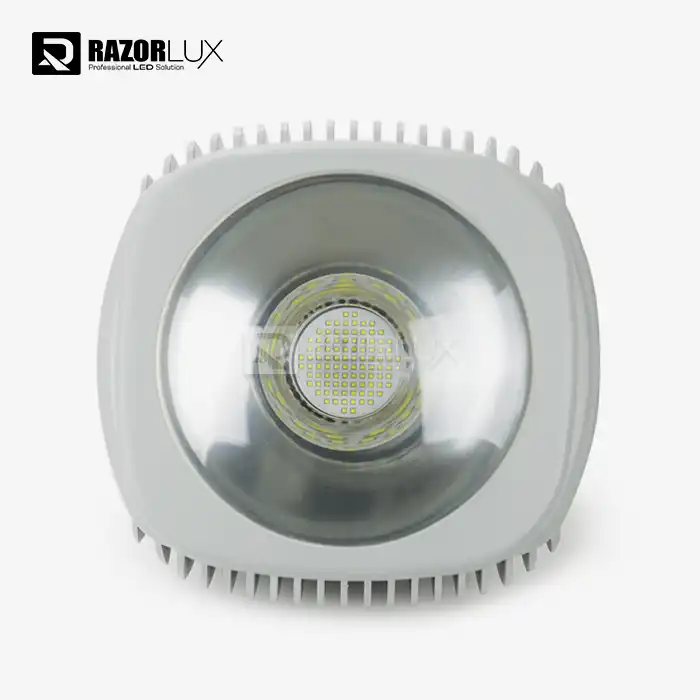 VIEW MORE150 Watt Outdoor Flood Light
VIEW MORE150 Watt Outdoor Flood Light VIEW MORE180w Dimmable Led Flood Light 60 Beam Degree Super Bright Led Light 120lm/W
VIEW MORE180w Dimmable Led Flood Light 60 Beam Degree Super Bright Led Light 120lm/W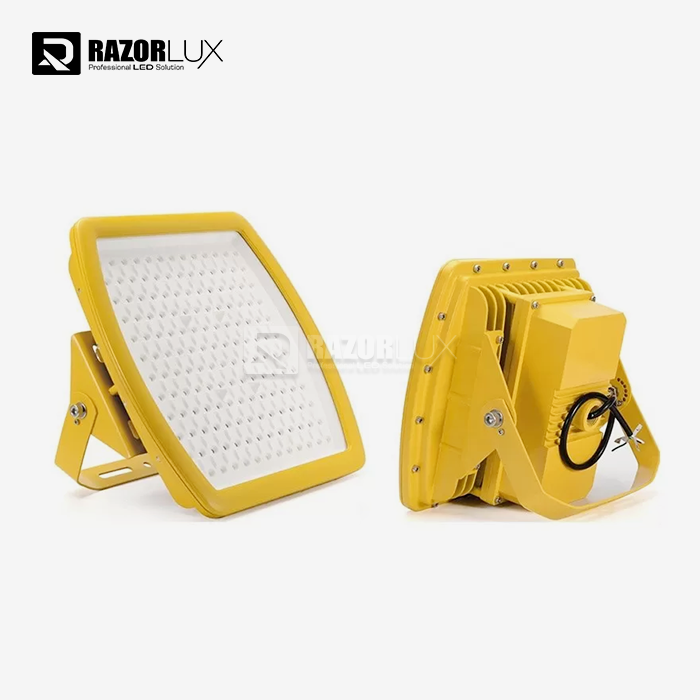 VIEW MOREIP65 Atex 5000K Flood Light Reflector 75 CRI Explosion Proof Street Light
VIEW MOREIP65 Atex 5000K Flood Light Reflector 75 CRI Explosion Proof Street Light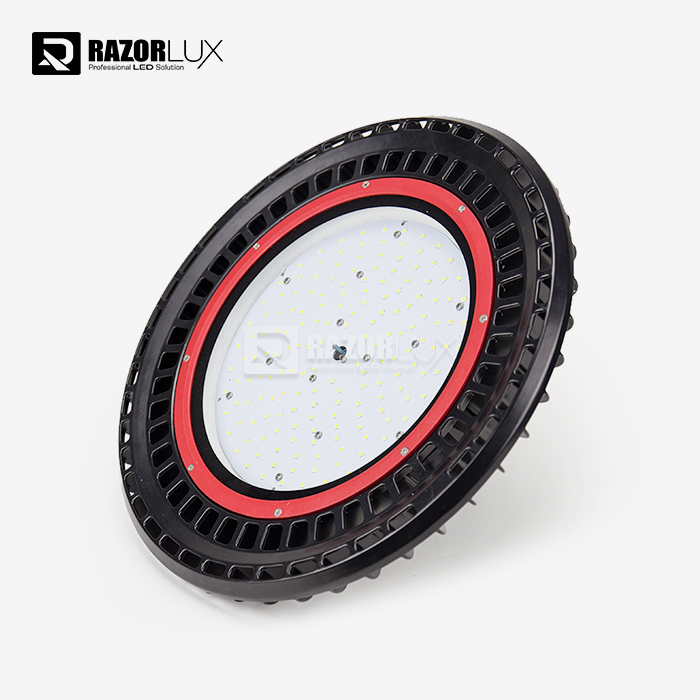 VIEW MOREUfo Warehouse Lights
VIEW MOREUfo Warehouse Lights VIEW MOREFlood Light High Mast
VIEW MOREFlood Light High Mast VIEW MORESports Field Led Flood Lights
VIEW MORESports Field Led Flood Lights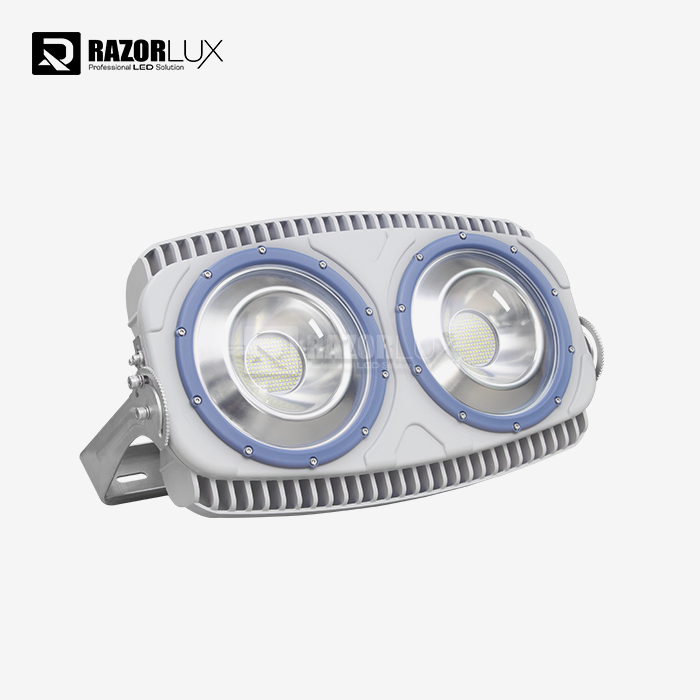 VIEW MORE1000W Stadium Light
VIEW MORE1000W Stadium Light

_1750326878398.png)

